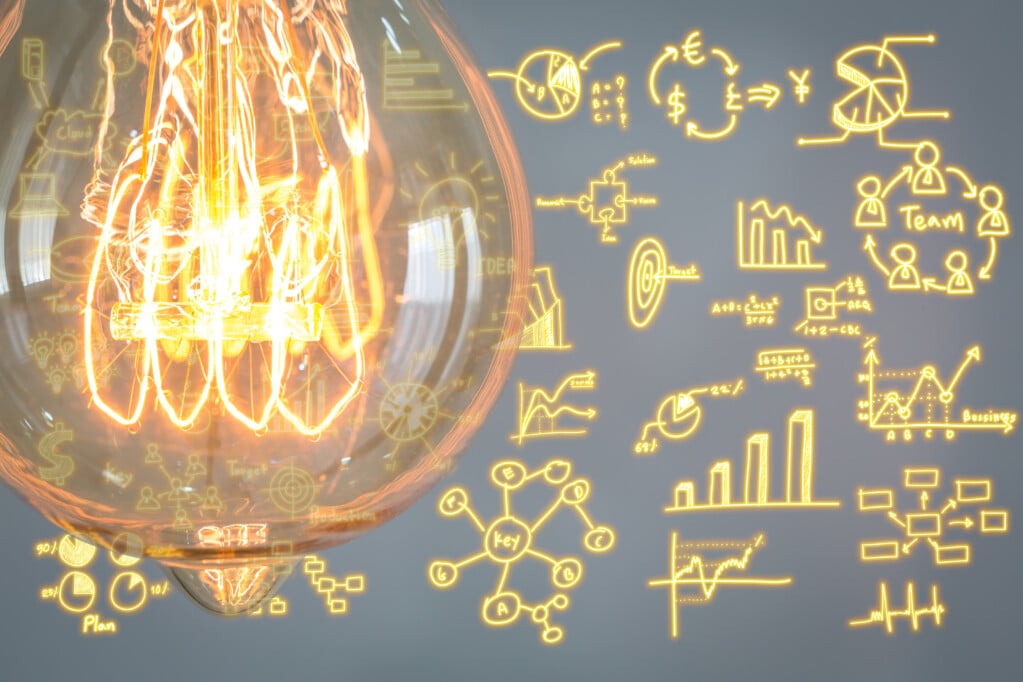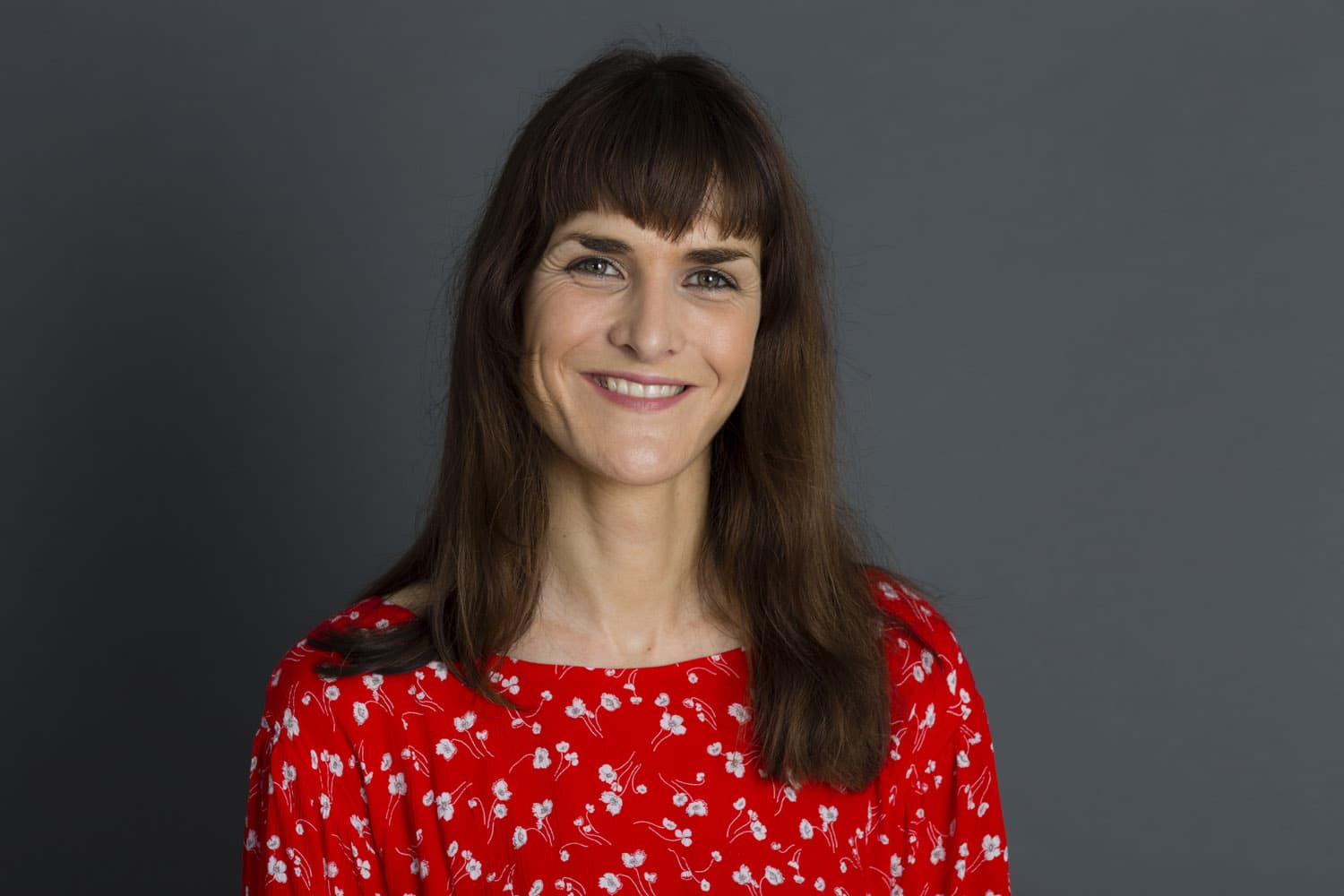[Interview]
What role does innovation play in training? How do educational engineers incorporate it into teaching strategies and training courses? Answers from Clarisse Gilbert, educational engineer responsible for innovation at ORSYS.

How did your background lead you to innovation in training?
My Master's degree in human resources and law didn't predestine me for the job of educational engineer or for innovation in training. But it's fair to say that things worked out for the best. I started my career abroad. My mission: to train managers in Italy and in Italian! More specifically, as a solution designermy role was to create original courses for managers and various professions. Then to lead them. It was a very innovative firm. So I was immediately immersed in 'unconventional' approaches to training.
What do you mean by innovation in training?
Above all, innovation in training means doing things differently, as long as it makes sense. In my opinion, it's important to keep things simple and to surprise people.
Keeping things simple means not spreading yourself too thin. For example: don't use too many gadgets, don't multiply visual tools without an overall strategy. To avoid these pitfalls, the educational engineer must function like an orchestra conductor and finding the right balance or the right link at key moments in the training process.
First and foremost, we need to keep a constant eye on new technologies and new ways of learning.
Finally, the most important thing is to stay focused on effectiveness for learners :
- Improve their commitment during training
- Facilitate transposition into their daily professional life
- Maintain their achievements over the long term
The educational engineer's role in innovation is also to help trainers develop new approaches to engage learners more and better in their training.
What role can AI play in innovation in training?
In the field of training, artificial intelligence (AI) is currently at the frontier of educational innovation.
L'Generative AI plays a major role in the automation of content. For trainers in particular, in terms of design of educational content (text and images). In fact, the editorial content produced by the AI provides a good initial basis. With ChatGPT, for example. Of course, the trainers will rework these first drafts, but this nonetheless makes it possible to save a lot of time.
Then there's the other benefit of AI in terms of assessments that the trainer carries out during the course. Here again, generative AI can make it possible to create quizzes more easily or direct participants to useful resources.
[ Read also ]
Moreover, trainers are very interested in these issues. That's why ORSYS has launched an in-house educational workshop on AI for its trainers. And it's a great success: all the places were taken in February.
Artificial intelligence accelerates the transfer of skills.
AI solutions will certainly continue to proliferate. Their integration into LMS (learning management system) software with, for example, interactive quizzes and bots is part of innovation in training.
There is still a big question mark over AI-generated content. What about intellectual property? Currently, it is best practice to source such content. While we wait for case law to clear up the legal uncertainty...
Is innovation the future of the educational engineer?
I would say that innovation is at the heart of the educational engineer's job. And thanks to innovation, educational engineers have a bright future ahead of them. It's a profession that's changing rapidly.
Today, the trend is towards bi-modal learning: face-to-face + face-to-face. digital learning or hybrid animation. Face-to-face time is becoming shorter, especially for managers. They are looking for "flash" training courses that they can supplement with other training modules. This can be done in a virtual classroom or through e-learning. For example: face-to-face role-playing games are still essential, but we're going to have to start "using them". think differently ". Hence the need for innovation.
Other requirements: adapting to the expectations of new generations with short modules. So the future lies in applying this know-how to a variety of teaching media. It also means being able to evolve to design training programmes that are outside the box.
Any advice for future educational engineers?
This is the job for you if you like sharing and innovation!
Of course, it's better to be passionate about imparting knowledge and teaching adults.
But a good educational engineer is also a good trainer. Because you need to be able to put yourself in the trainer's shoes to design 'lively' training courses. This means anticipating the constraints that the trainer may encounter. Asking the right questions (minimum and maximum number of participants, etc.). This is also what allows you to innovate in the design of your courses. by relying on what is effective.
Ideally, you should do a master's degree in training engineering. It's very comprehensive, and there's no dichotomy between 'traditional' and digital training. Work-linked training is a real plus for discovering the realities of the job. Continuing education is also an option for people who are changing careers. For example, the Mastering good practice in pedagogical engineering.
What role does the educational engineer play with trainers in terms of innovation?
The educational engineers work hand in hand with the trainers, but when it comes to innovation, we don't coach them! The idea is rather tobroaden the range of possible teaching approaches. We support them in developing their teaching practices.
This takes the form of exchanges when a new training programme is being developed or when it is being validated, as well as exchanges of ideas and experience. educational workshops based on the needs expressed by the trainers. The AI tool I mentioned earlier. Or other tools: Klaxoon, Mural, etc. For example, the latter tool enables work to be coordinated in small groups and then reported back to the plenary session.
And, of course, the trainers are also a force for innovation!
In concrete terms, what are the main areas of innovation in training at ORSYS?
It starts with field research: listening to customers and trainers to understand how learners feel. This enables us to develop different areas of focus.
The first area is that of immersive modules. For example : virtual reality and educational escape game. The added value is a very strong anchoring in a very short time. This enables participants to become aware of their own behaviour and the scope for improvement.
The second is the team building. We develop tailor-made programmes, from theatre to sport...
The third area isequicoaching which is increasingly in demand today. Managers are going to immerse themselves in the horse medium to better develop their skills. skills of leadership or to learn how to stimulate their team in terms ofcollective intelligence.
The fourth area is the offer of ORSYS conferencesFor example, as an introductory guide to corporate seminars. Sportsmen and women, artists, great chefs... come and talk about their recipes for success. Recipes that can then be exported to the corporate world.
What innovative training experiences have impressed you the most?
First there was this team building in a castleorganised for 40 people. It was all fun and games in a great atmosphere.
Another 'wow' experience that comes to mind is when we called on theatre actors to raise awareness of teleworking among town hall staff. It was a superb encounter between two worlds that don't usually rub shoulders! And last but not least, a memorable escape game: the simulation of a space rocket. It was very immersive!
You can also watch the first episode of "C plié en 4" on the theme of educational innovation:





